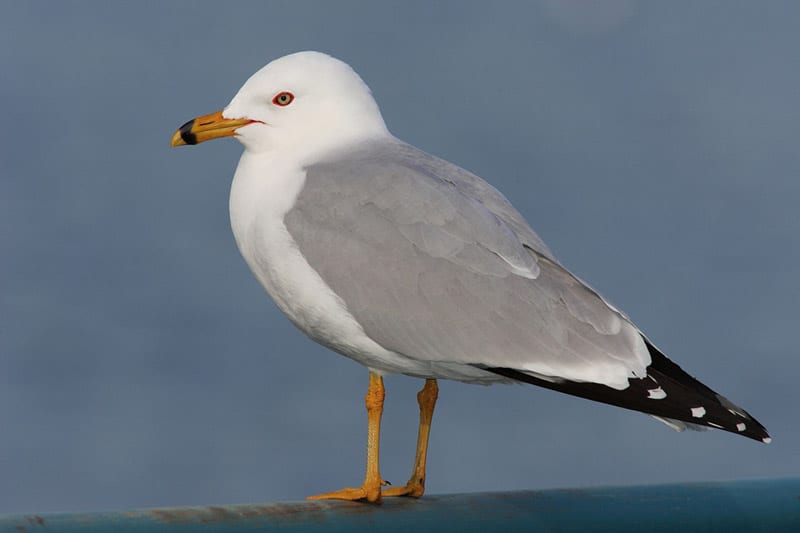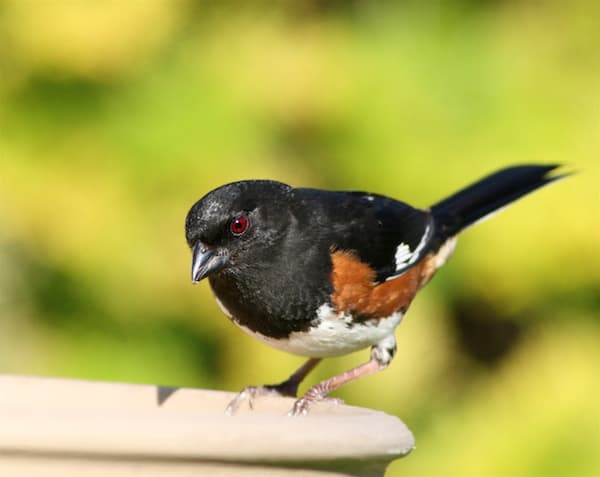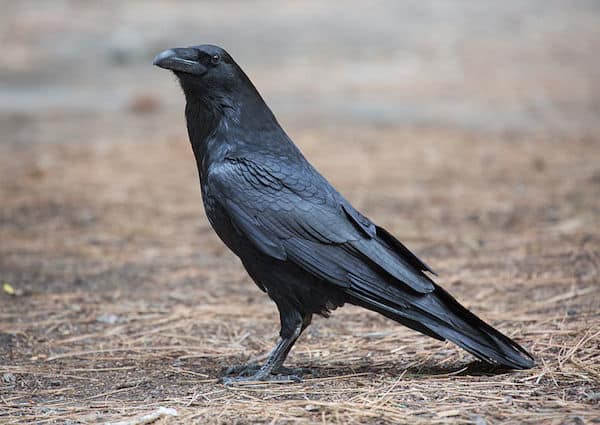The ring-billed gull is a medium-sized (19 inches long) gull, and in adult plumage it has a light gray back and wings on a pure white body. Its wing tips are black with white spots, and it has a black ring near the end of its yellow bill. Males and females look alike.
Young ring-billed gulls take three years to mature, during which time their bodies and wings are varying shades of mottled brown and gray, with a white tail that has a prominent, black terminal band. These gulls are smaller, lighter, and more graceful-looking than similarly patterned herring gulls, and they have a more buoyant appearance in flight.
Listen for
Basic call is a high-pitched, nasal, and squeally klee-ear!
Find it
This gull might almost be called the inland gull. Though found in coastal areas like most gulls, it is also the most numerous and widespread gull away from the seacoasts, sometimes found in huge flocks. In addition to the beaches and bays of the seacoasts, ring-billed gulls may be found at large lakes and rivers, in newly plowed fields and pastures, and at sod farms, garbage dumps, and parking lots throughout their range.
Feed it
Ring-billed gulls are omnivorous, thriving on whatever food is on hand. Fish are a favorite item, but insects and earthworms are high on the list, along with grains, refuse, and even small rodents. They will eat the eggs of other species, and they are not averse to taking handouts from humans at parking lots and picnic grounds. (French fries, caught in midair, are popular. Ketchup is optional.)
Nesting Behavior
After a courtship routine by the male (which includes bowing, throat-puffing, and a ceremonial walk around the female, enlivened by many odd gesticulations), the mated pair will build its nest on the ground in a fairly open area near water. The ring-billed is colonial, so there are usually lots of similar nests nearby.
Both sexes build the flimsy nest of grasses, sticks, and moss; and both take turns incubating the two to four eggs for up to four weeks until hatching. The downy young are tended by their parents in the general vicinity of the nest until they attain flight at about five weeks of age.
WOW!
The Ring-billed Gull’s habit of hanging around fast-food restaurants has earned it the nicknames McGull, Dumpster Gull, and French-fry Gull.
Listen to a Ring-billed Gull:




